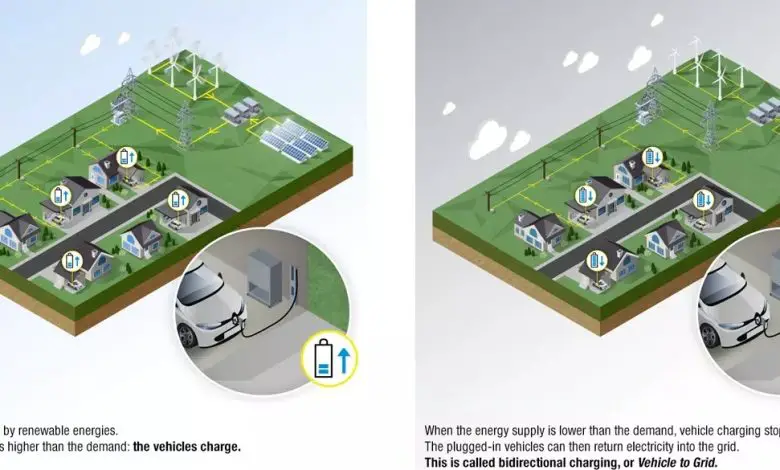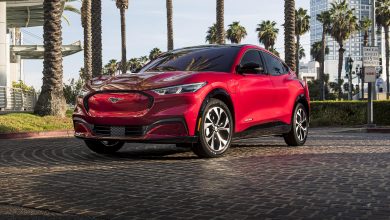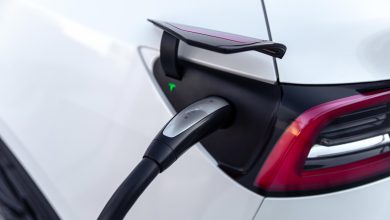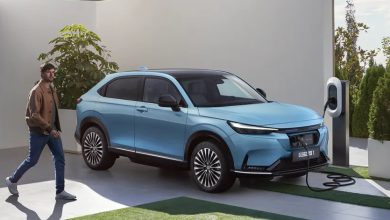
With the looming energy crisis across Europe, there are increasing concerns about how much electric vehicles take out of the grid. However, since some charging stations rely on renewable energies, what if electric vehicles become a mobile store of electricity network?
This is the principle behind the vehicle-to-grid (V2G) bidirectional exchange technology. The French Commissariat for Atomic Energy and Alternative Energies (CEA) has teamed up with the Renault Group to jointly manufacture very high-efficiency bidirectional chargers for electric vehicles. The new chargers will become part of Renault’s production models by the end of the decade.
“We are delighted to assist Renault Group in this development,” said Sébastien Dauvé, CEO of CEA-Leti. “We merged Renault Group’s system vision for EV and the skills of our teams in components and converter architectures. Consequently, we came up with an architecture with high added value that meets the need.”
The technology will make it possible for Renault vehicles to safely return part of the electricity stored in the batteries to the grid. It is estimated that the new chargers will reduce the energy losses during charging by 30%, cut down the time it takes for EVs to recharge, and guarantee the durability of the battery.
Renault and CEA have announced that the key innovation was a new architecture for the onboard current transformers. Consequently, the duo will use new materials to upgrade the onboard current transformers before integrating them into the vehicle’s onboard charger.
Renault explained that the outcome was a high-efficiency charger that was capable of feeding power from the vehicle back to the grid. The new technology can handle a charging power of up to 22 kW in three-phase operation. The solution is compliant with the electromagnetic compatibility (EMC) of the electric vehicle and the grids.
V2G is an evolving technology with enormous potential
While the Renault and CEA partnership discovery is an exciting development, the concept of V2G is not new. The current innovation is based on 11 joint patents.
Renault and CEA have been working jointly on the new design for close to 3 years. One major alteration to what has been in existence was the use of semiconductor materials silicon carbide (SiC) and gallium nitride (GaN).
According to Renault, the team also made some upgrades to the capacitors and the wound inductive components. The result was a huge drop in the cost and volume of the charger. Other adjustments made include the introduction of a more compact ferrite material voltage converter.
The researchers also utilized an innovative powder injection molding process for production. In addition to 30% reduced energy losses, the French developers also observed a 30% reduction in heat generation making it easier to cool the system.
The Vice President of advanced engineering at Renault Group, Jean-François Salessy, noted that the expectations of the joint venture with CEA were exceeded.
“This project with CEA exceeded our expectations by confirming the ability to achieve the expected performance in terms of efficiency and compactness,” Salessy said. “It broadens the prospects for power electronics, which is a huge challenge in EVs, in order to make the best use of the batteries’ capacities. Bidirectional charging helps the consumer to reduce energy costs.”
Those that install bidirectional chargers can earn $15,000 in a decade
Installation of chargers comes with a huge upfront cost that pays back its cost in the form of charging convenience for EV owners. However, the installation of bidirectional EV chargers is even more profitable as it allows owners to earn up to $15,000 in 10 years.
This projection was made by Melissa Chan, the director of grid solutions and strategic partnerships at Fermata Energy, a tech firm that developed a V2G platform. Chan made the projection during a presentation for the CHAdeMO Association trade group. According to Fermata, a unidirectional charger can incur up to $30,000 in maintenance costs in 10 years.
The firm was part of a recent V2G pilot program with Revel that operates scooters, mopeds, and ride-share services in New York City. Revel installed Fermata bidirectional chargers at its maintenance and repair depot in New York’s Brooklyn borough for the program.
The study made use of three Nissan Leaf hatchbacks and three bidirectional chargers. The cars discharged power from their batteries to the grid from 2 p.m. to 6 p.m. on summer weekdays during energy demand peak periods. Revel was able to earn money from this and could still unplug the cars when they were needed.
The three chargers set up by Revel could send up to 45 kW of power to the grid. By discharging during afternoons of weekdays, the setup could send up to 3 megawatt-hours of power to the grid monthly, according to Fermata.
While Fermata and Revel had a mutually beneficial agreement with Con Edison, the same cannot be said of other local utilities if the technology was widely deployed. V2G users will have to negotiate independently with their utility provider.




